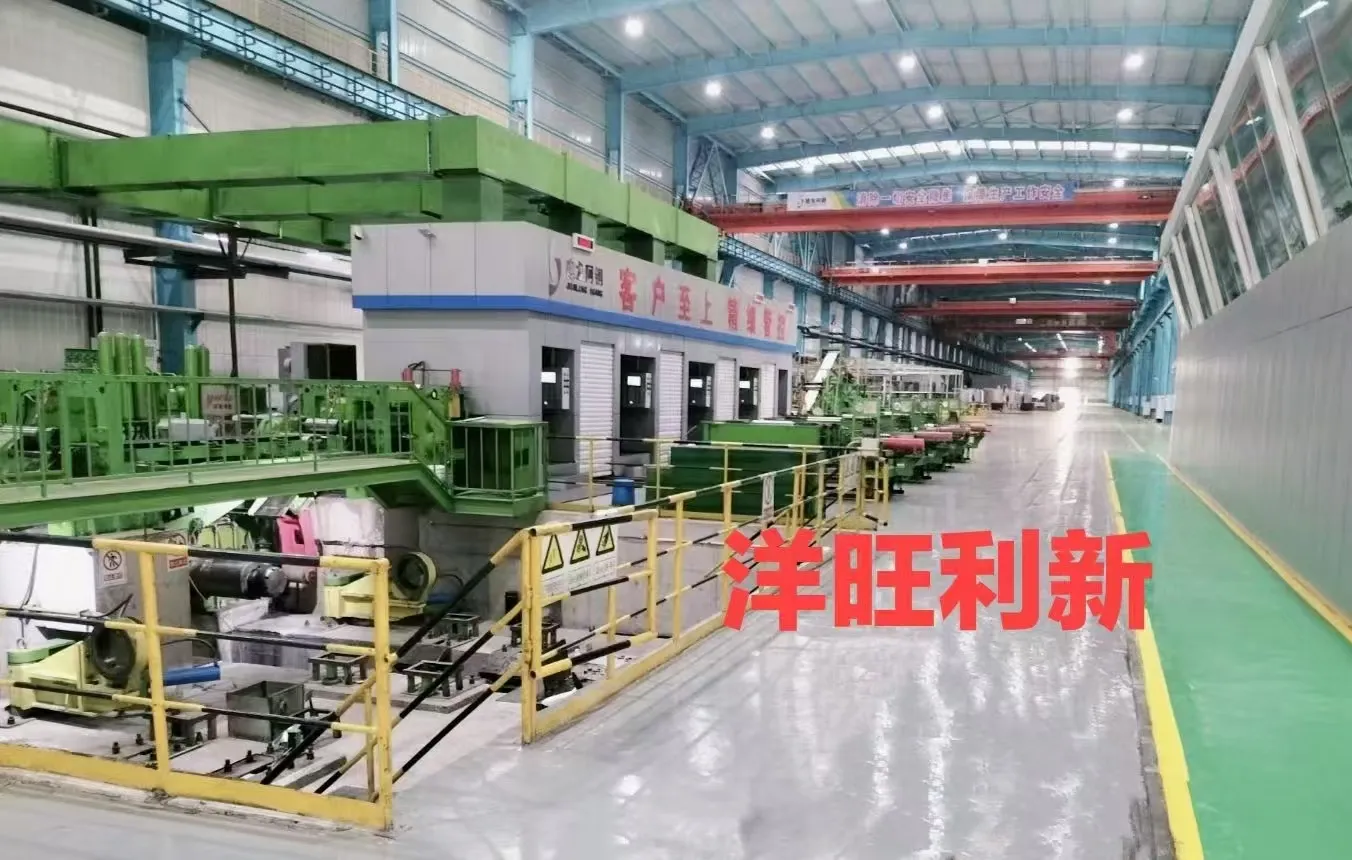
The Application of Temper Mill in Bright Annealing Line
In the realm of steel processing, the bright annealing line plays a crucial role in enhancing the quality and appearance of steel products. Integrating the temper mill into this process further optimizes the properties of the steel, leading to high - performance materials suitable for a wide range of applications.

Temper Mill in the Bright Annealing Line Process
After steel has undergone the bright annealing process, which involves heating the steel in a controlled atmosphere to remove impurities and relieve internal stresses while maintaining a bright surface finish, it enters the temper mill. The temper pass mill operation is then initiated. This operation is centered around temper rolling, where the annealed steel is passed through the rolls of the temper rolling mill. The main objective of this rolling action is to fine - tune the surface characteristics and mechanical properties of the temper mill steel.
Temper Mill Operation: Precision - Driven Adjustments
The temper mill operation demands meticulous precision. The parameters of the temper mill, such as the roll gap, rolling force, and speed, are carefully calibrated according to the specific type and thickness of the temper mill steel. For thinner steel sheets, a smaller roll gap and lower rolling force are typically applied. This is to prevent over - reduction, which could compromise the integrity of the material.
Precise control of these parameters ensures that the temper rolling process achieves the desired outcomes. The rolling force exerted by the temper rolling mill is adjusted to induce a specific degree of plastic deformation in the surface layer of the steel. This deformation not only refines the surface but also has a significant impact on the steel's mechanical properties.
The Significance of Temper Pass Mill in the Bright Annealing Line
The temper pass mill is an indispensable component within the overall bright annealing line setup. It acts as a bridge between the annealing process, which cleans and relieves stress in the steel, and the subsequent manufacturing operations. By performing the temper rolling process, the temper pass mill ensures that the bright - annealed steel is in an ideal condition for further processing.
In the electronics industry, for instance, bright - annealed and temper - rolled steel sheets are used for manufacturing components such as electronic enclosures. The smooth and high - quality surface, along with the improved mechanical properties, makes these steel products more reliable and better - suited for their intended applications.
In conclusion, the temper mill and its associated processes, such as temper rolling and the precisely controlled temper mill operation, play a pivotal role in the bright annealing line. By enhancing the surface quality and mechanical properties of temper mill steel, the temper mill enables the production of high - performance steel products that meet the exacting requirements of various industries. The integration of the temper mill in the bright annealing line is a key determinant in ensuring the competitiveness and quality of steel products in the global market.
-
Indian Clients Visit YWLX to Inspect Skin-pass MillNewsJun.22,2025
-
Typical Products from Reversing Cold Rolling ProcessNewsMay.26,2025
-
Surface Finish Improvement through Skin Pass RollingNewsMay.26,2025
-
Integration of AGC Systems in Modern Cold Rolling MillsNewsMay.26,2025
-
Cold Rolling in the Context of High-Strength Steel DemandNewsMay.26,2025
-
AGC in Hot Rolling Mills: Challenges and SolutionsNewsMay.26,2025
-
Why Reversing Cold Rolling Mills Are Ideal for Specialty MetalsNewsMay.13,2025










